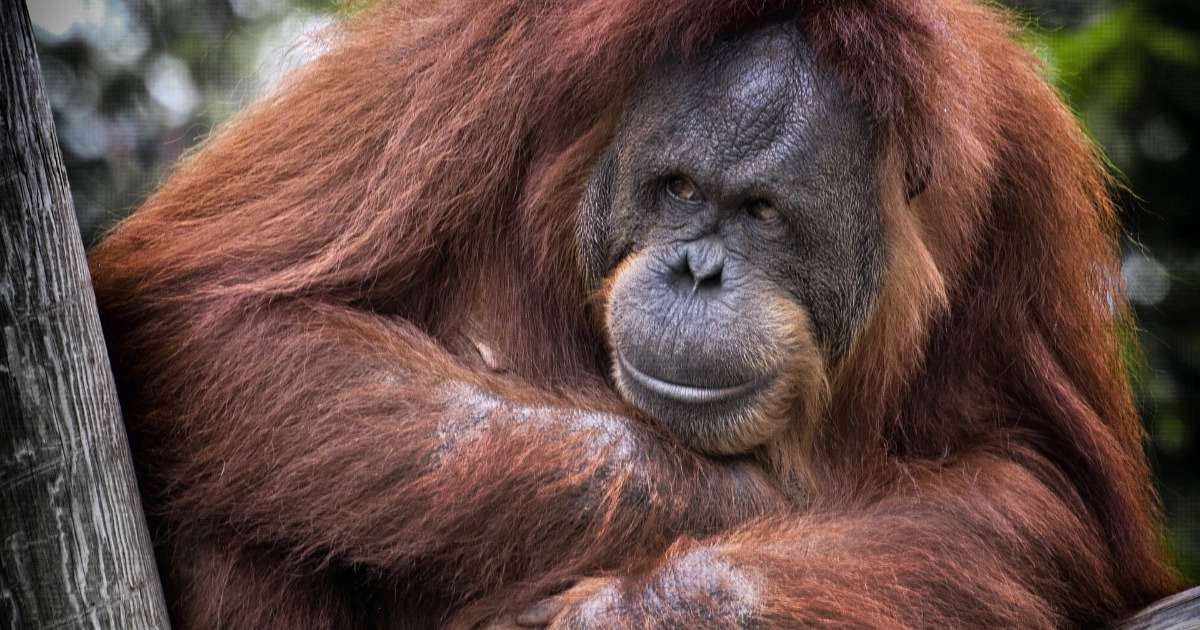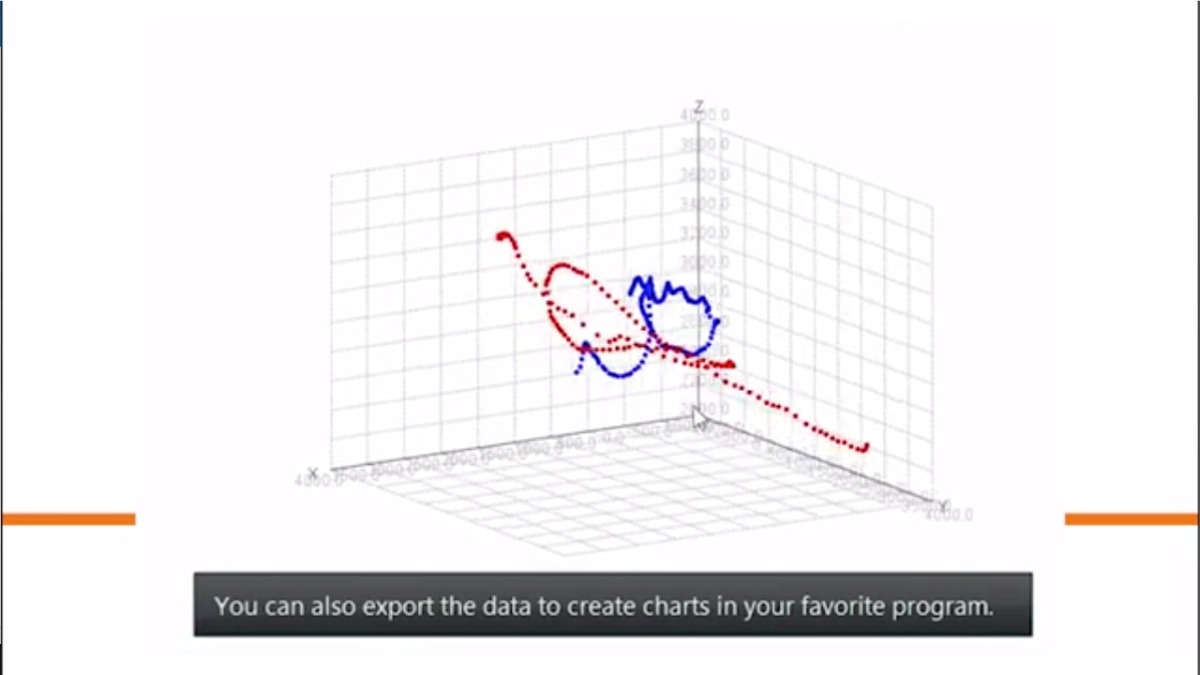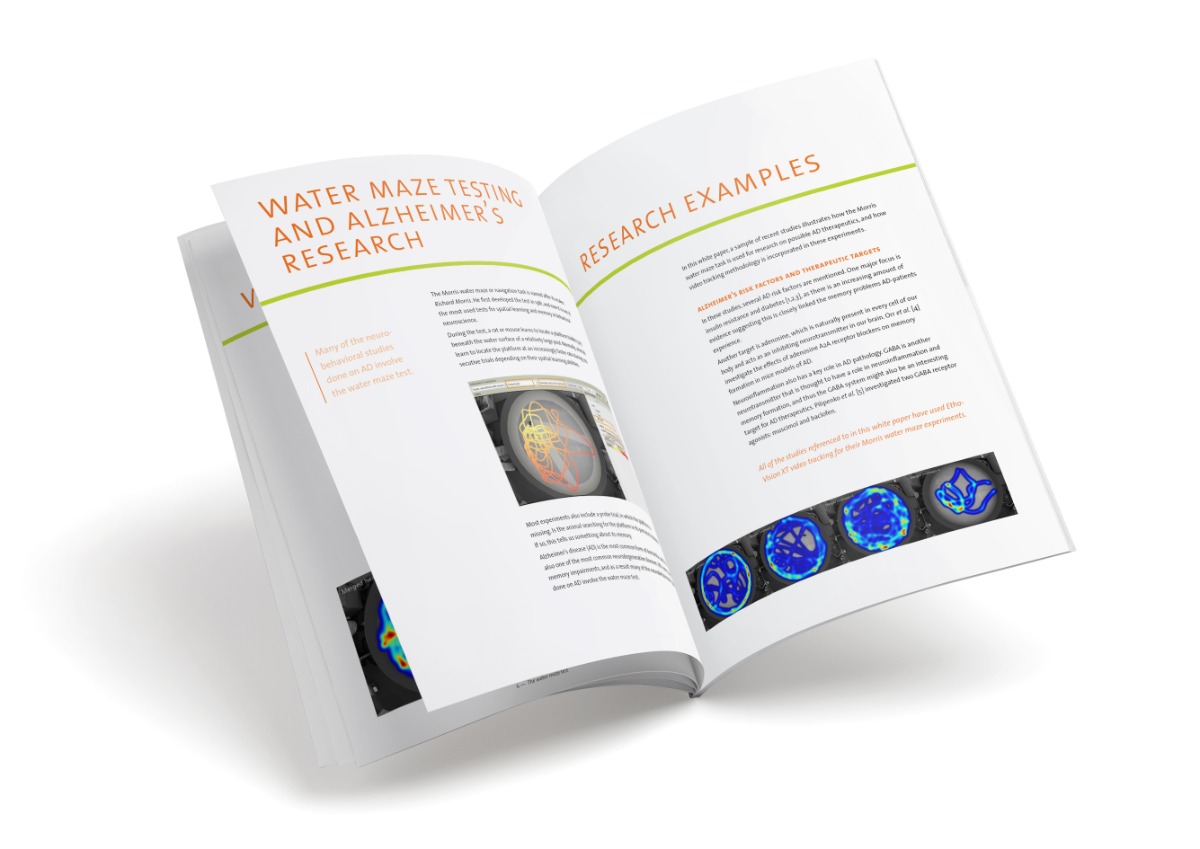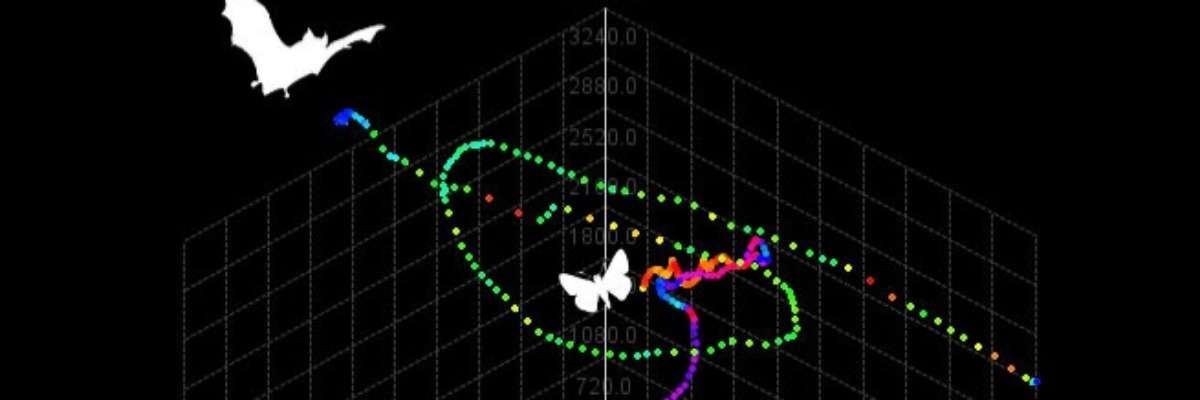
The bat - moth aerial battle in 3D
Any insect that flies at night must deal with bat predation. Take a moth, for example. Moths arrived first on the evolutionary stage; when much later on bats appeared with their sophisticated apparatus for echolocating prey, moths were forced to change or die. Some species developed ears to hear the approach of a bat; this generally evokes evasive flight maneuvers like loops and dives. Other species acquired distasteful chemicals that gave them a repugnant or poisonous taste. Some even developed the ability to produce sounds that seem to confuse, and sometimes thwart, an attacking bat.
A never-ending battle
Not less fascinating is the set of countermeasures that bats have taken. Some bats use a quieter mode of echolocation, calling at a reduced volume and further reducing the volume of their clicks as they close in on prey moths. In order to better understand this battle, we need to know what each counterpart does, at what time and where. In other words, we need accurate recording of the position of the bat and the moth in the three dimensions.
At Dartmouth College, Hanover, USA, the research group led by Dr. Hannah ter Hofstede has chosen the 3D approach to the study of this interesting interaction. They will use the Noldus Track3D system, an add-on to the EthoVision XT video tracking suite, to track bats and moths in a large outdoor enclosure.
The bat-and-moth flight room
Hunting bats are usually filmed in small areas around ultraviolet lights which are placed to attract the prey moths. In contrast with this approach, a large, outdoor flight room ensures more natural behavior of both predator and prey. This setup has, however, a few challenges. First, the size of the flight room (approximately 6 x 5 x 3 m (L x W x H)), in which a small moth must be filmed and detected by software. Infrared lamps must provide enough light without interfering with the animal’s behavior. Furthermore, it must be possible to simultaneously track two animals (bat and moth) without having to mark them.
Even before the flight room was set up, we modeled the space in which the animals would fly. This was done to acquire important information, like the optimal camera position, the lenses being required, and to design the calibration frame (see below).
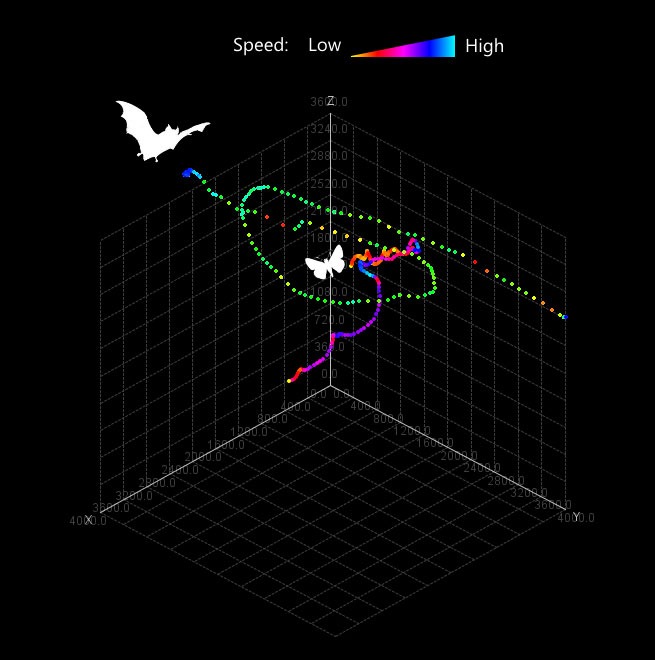
3D calibration
Track3D is based on video-tracking of the animals from two camera views. In order to reliably reconstruct the position of the animals in the three dimensions, accurate calibration is a must. We designed a calibration frame that could be assembled in the flight room, just the time needed for calibration. The calibration frame has a number of reference markers with known 3D coordinates.
The calibration error, which measures the deviation from the expected marker positions, was just 7 millimeters, in a room of approximately 6 x 5 x 3 m. This gives an idea of the accuracy of the model that reconstructs the 3D trajectory based on the tracks recorded from the camera views.
The first 3D tracks
After releasing the moth and the bat, we recorded video from two cameras using Media Recorder. The resulting video files are then analyzed with EthoVision XT, which tracks bat and moth and saves their 2D coordinates from each camera view. In the Track3D add-on software, we combine the 2D tracks to create a 3D track for each subject. See an example in the video.
As soon as the bat approached, the moth changed dramatically its behavior. Together with an increase in speed, the moth showed a series of turns, spirals and loops making its trajectory much less predictable. Eventually, the bat did not manage to catch its prey.
Track3D produced highly reliable data. The degree of uncertainty in the 3D positioning was just 2 pixels. Such high accuracy is only possible when you have a good video tracking system like EthoVision XT, and software with sophisticated 3D calibration and positioning algorithms, like Track3D.
Dr. ter Hofstede and her group also use Track3D in experiments where moths fly in acoustic chambers. There, the trajectory of the moth in response to sound stimuli is analyzed in a way similar to that described above.
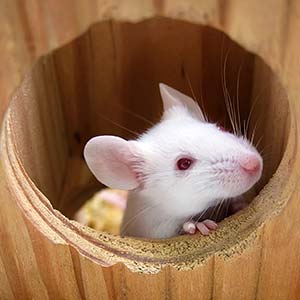
This article was written by Fabrizio Grieco, project leader of Track3D.
Get the latest blog posts delivered to your inbox - every 15th of the month
more

The value of tracking software: using EthoVision XT to monitor broiler activity
What can EthoVision XT provide over manual observations? We explore that question in the context of a animal welfare study, where fly larvae were provisioned to broilers.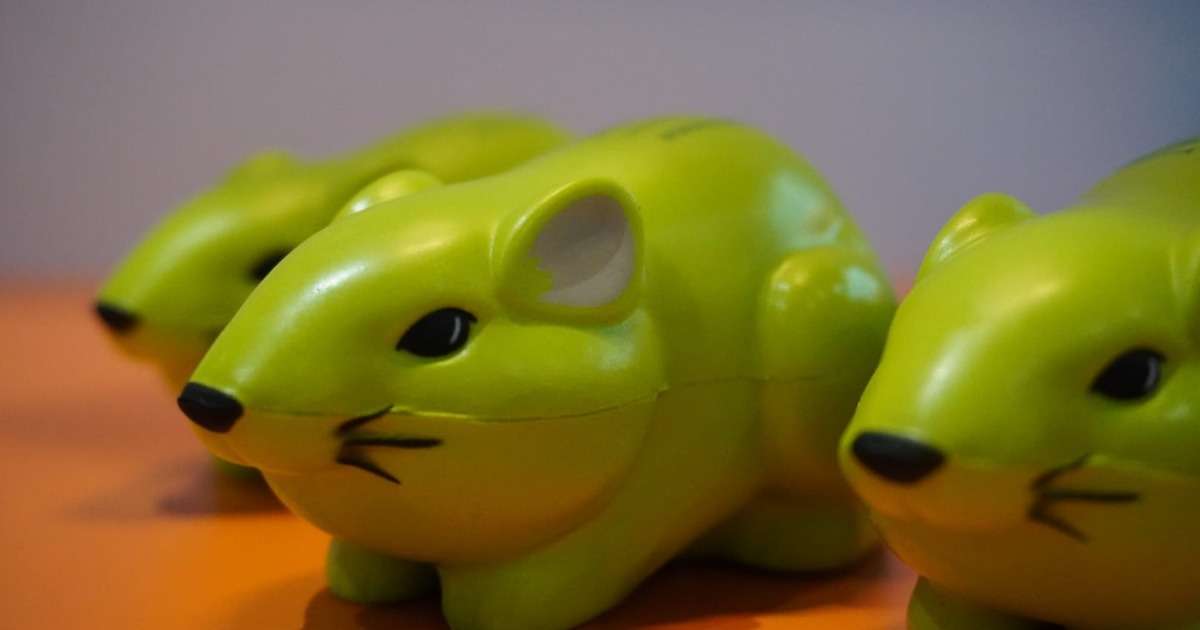
What can you expect from Noldus at SfN 2023?
Whether you are or aren't going to Neuroscience 2023, we would love to give you a sneak preview of our latest innovations!